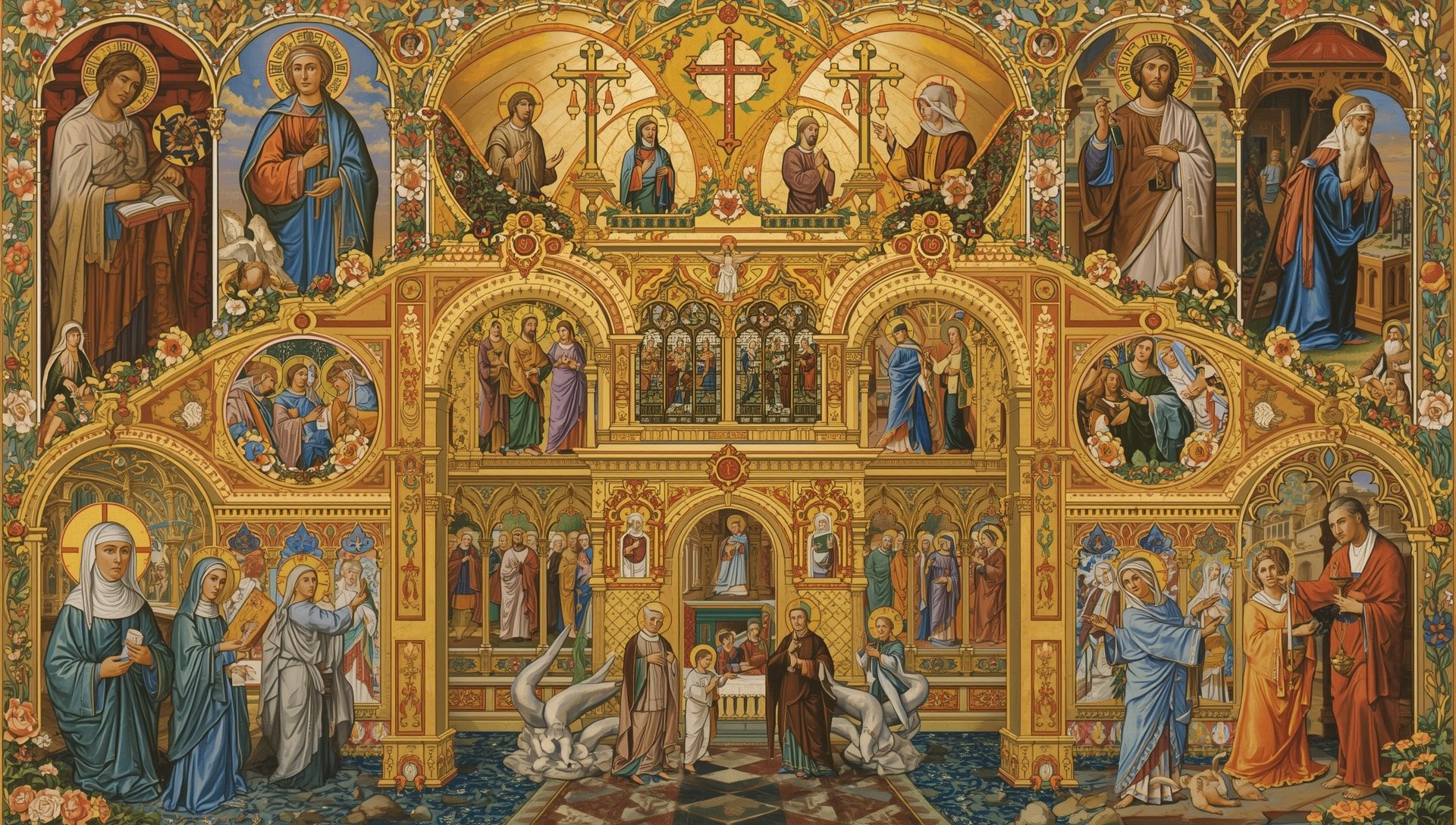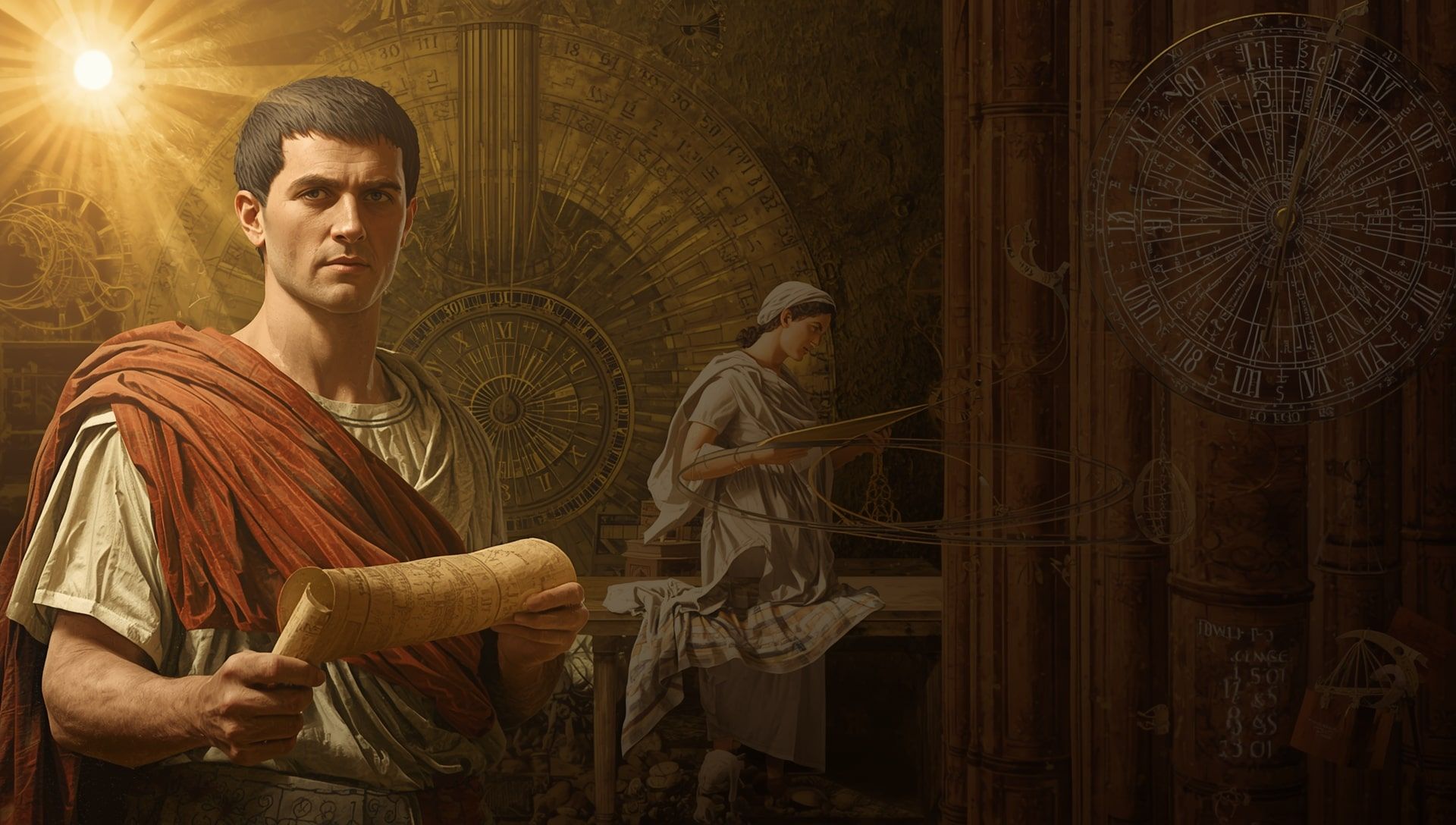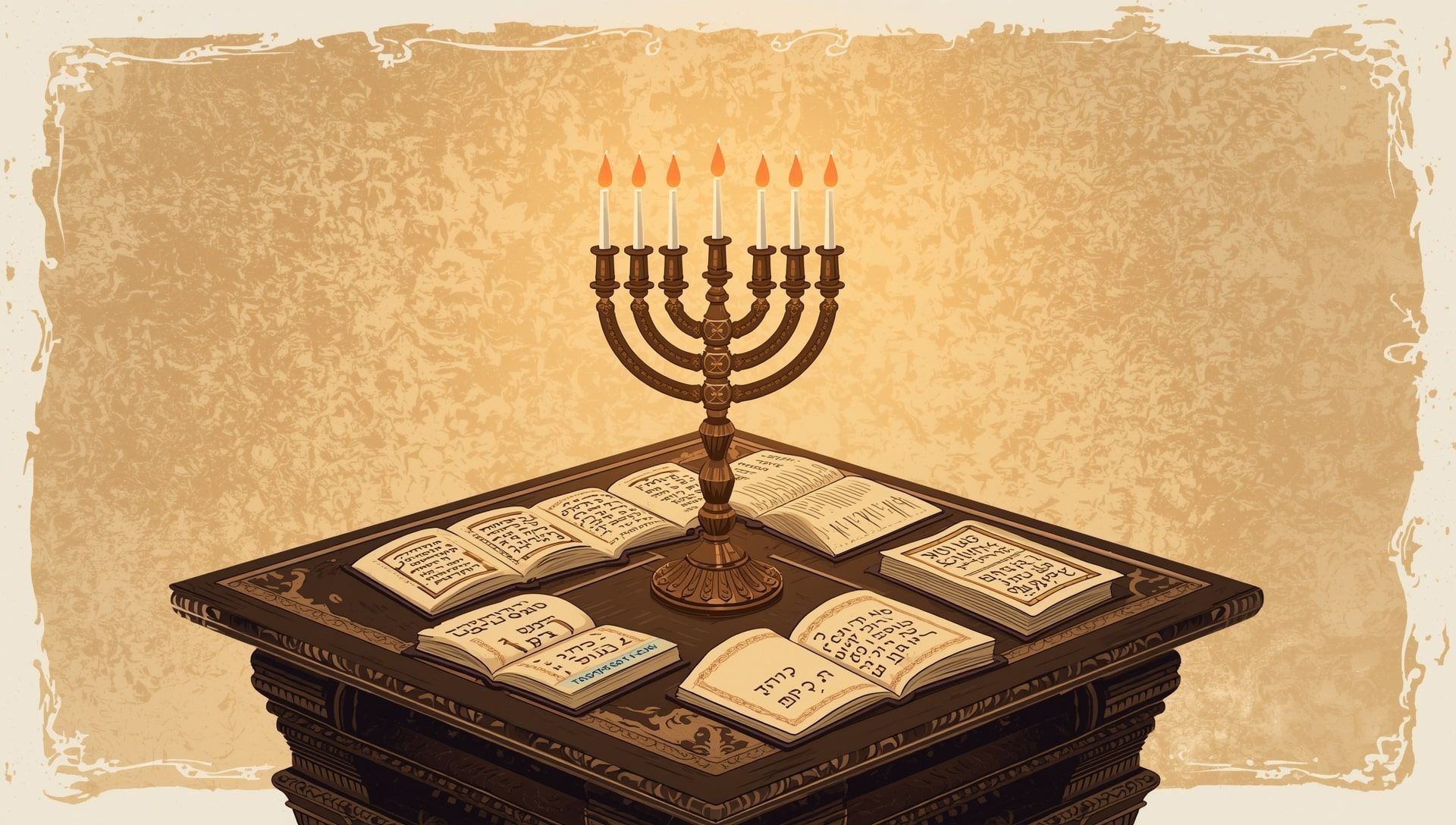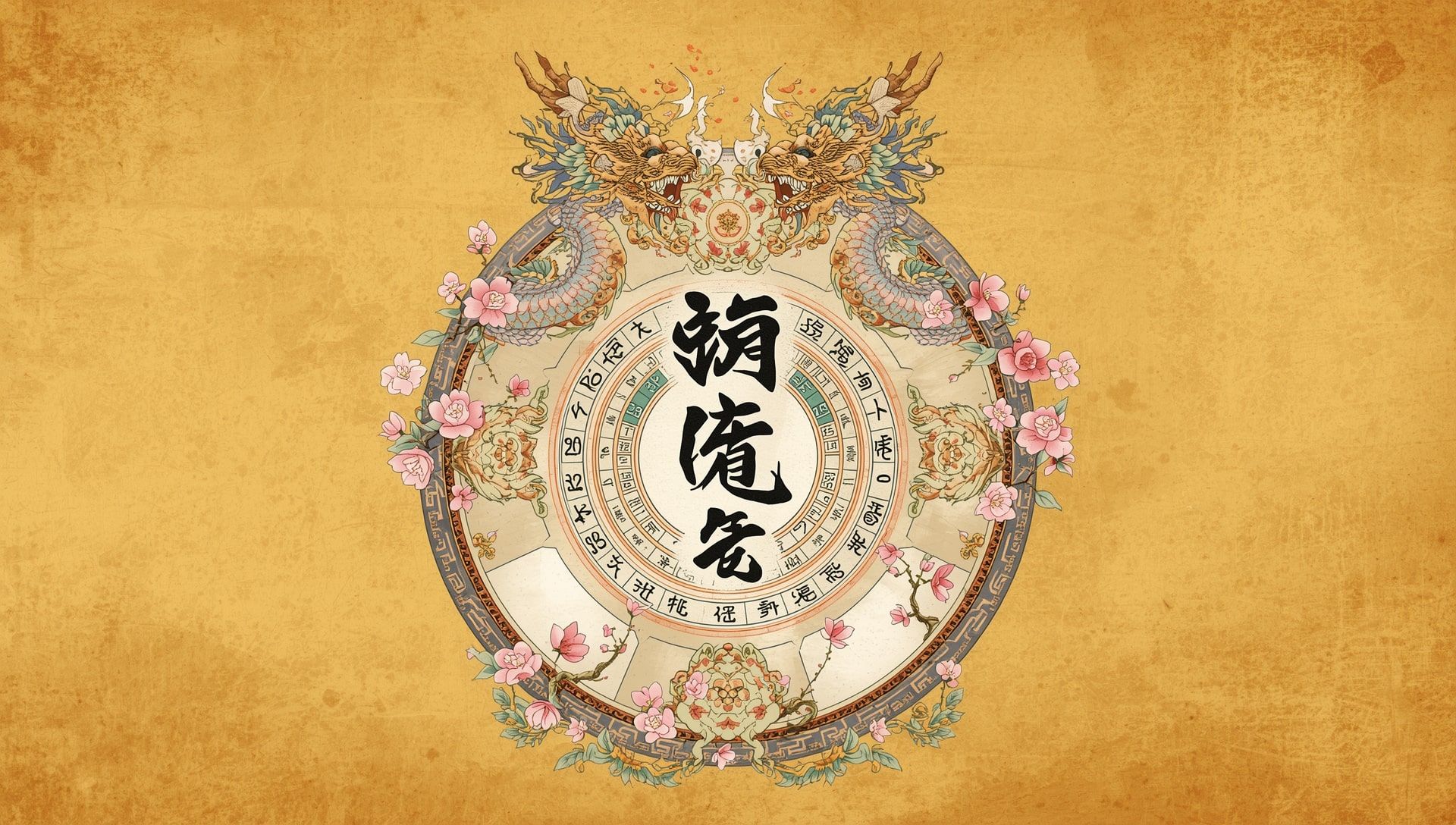- The liturgical calendar organizes the Christian year into seasons that follow the life of Jesus and key faith events.
- It includes major cycles such as Advent, Christmas, Lent, Easter, and Ordinary Time.
- Colors, rituals, and readings change with each season to reflect themes of joy, repentance, and renewal.
- Used worldwide, it connects believers through shared worship and a sense of spiritual rhythm across the year.
The liturgical calendar is more than a schedule of church events. It is a spiritual map that guides millions of Christians through the story of faith each year. Just as civil calendars measure time by months and holidays, the liturgical calendar measures time by sacred meaning. Every season marks a different aspect of Jesus’ life and the ongoing journey of faith. Understanding this cycle reveals how time and worship intertwine to form a living rhythm of devotion.
The Purpose of the Liturgical Calendar
The liturgical calendar provides structure to the year, helping believers live their faith through time. Instead of viewing days as routine, it gives each one spiritual depth. The seasons tell the story of salvation, from waiting in hope to celebrating resurrection and growing in grace. Churches across traditions, including Roman Catholic, Anglican, Lutheran, and Orthodox, use variations of this system to unify worship and reflection, much like how different calendar systems bring order to diverse cultures.
The word “liturgical” comes from the Greek word leitourgia, meaning “public service” or “the work of the people.” It reflects how time itself becomes a shared act of worship.
The Major Seasons of the Liturgical Year
The liturgical year is built around several key seasons, each with distinct symbols, colors, and theological focus. Though details may differ among denominations, the overall pattern remains remarkably consistent worldwide, echoing how world clocks help synchronize lives across time zones.
| Season | Liturgical Color | Focus | Approximate Timing |
|---|---|---|---|
| Advent | Purple or Blue | Hope and preparation for the coming of Christ. | Four weeks before Christmas |
| Christmas | White or Gold | Celebration of Jesus’ birth and the incarnation. | December 25 to early January |
| Epiphany | White, then Green | Revelation of Christ to the world. | Early January to late February |
| Lent | Purple | Repentance, self-examination, and preparation for Easter. | Forty days before Easter (excluding Sundays) |
| Holy Week | Varies (Red, Purple, White) | The final days before Easter, including Good Friday. | Week before Easter |
| Easter | White or Gold | Celebration of resurrection and new life. | March or April, lasting 50 days |
| Pentecost | Red | Coming of the Holy Spirit and birth of the Church. | 50 days after Easter |
| Ordinary Time | Green | Spiritual growth and daily discipleship. | After Epiphany and after Pentecost |
Advent: A Season of Waiting and Hope
The liturgical year begins with Advent, a time of anticipation for Christ’s coming. It has two layers of meaning, preparation for celebrating Jesus’ birth and readiness for his return. Churches use candles, wreaths, and readings about hope, peace, joy, and love. The color purple symbolizes repentance and royalty, while blue is sometimes used to represent expectation and faithfulness.
Advent invites believers to slow down and look forward with hope, contrasting the rush of modern life with a call to stillness and reflection. Similar cycles of renewal appear in leap year adjustments, reminding us how time itself bends toward renewal and alignment.
Christmas and Epiphany: Light in the World
Christmas celebrates the birth of Jesus, the light entering darkness. The season extends beyond a single day, lasting twelve days until Epiphany. The color white reflects joy and purity. During this time, churches focus on themes of love, generosity, and divine presence, values echoed in seasonal events that bring communities together.
Epiphany marks the revelation of Christ to the Magi and symbolizes God’s manifestation to all nations. It’s a time to recognize how faith spreads beyond boundaries and brings unity through shared purpose.
Lent: Reflection, Repentance, and Renewal
Lent begins on Ash Wednesday and lasts forty days, recalling Jesus’ fasting in the wilderness. It’s a period of self-discipline and spiritual focus. Many believers give up comforts or take on new practices to grow closer to God. Purple returns as the color of penitence and introspection, much like timers or countdowns help us measure intentional periods of preparation.
The Sundays of Lent carry their own rhythm, leading toward Holy Week. Palm Sunday recalls Christ’s entry into Jerusalem, Maundy Thursday reflects on the Last Supper, and Good Friday remembers the crucifixion. Each step prepares hearts for the joy of resurrection.
Lent is not about self-denial for its own sake. It’s about making room for spiritual clarity by removing distractions that crowd out peace and purpose.
Easter: The Heart of the Liturgical Year
Easter is the most important season in the Christian calendar. It celebrates the resurrection of Jesus and the victory of life over death. The Easter Vigil marks the transition from darkness to light, often beginning before dawn. White and gold dominate church decorations, symbolizing joy and divine glory.
The Easter season lasts fifty days, culminating in Pentecost. These weeks emphasize hope, renewal, and the power of new beginnings. Many traditions also include baptisms during this time to symbolize new life in faith, not unlike how digital calendars help people organize and renew their yearly intentions.
Pentecost: The Birth of the Church
Pentecost, meaning “fiftieth day,” celebrates the coming of the Holy Spirit upon the disciples. It’s often called the Church’s birthday, as it marks the beginning of the Christian mission to the world. The color red represents the Spirit’s fire and passion.
This day reminds believers that the same Spirit continues to guide and empower them to serve others. Pentecost closes the Easter season and transitions the church into Ordinary Time, when faith takes on the steady rhythm of weekly devotion and practice.
Ordinary Time: Living Faith in Everyday Life
Ordinary Time makes up the largest portion of the liturgical year. Despite its name, it’s not about routine. The word “ordinary” comes from “ordinal,” meaning numbered weeks. This season focuses on growth, discipleship, and living faith in daily actions.
The color green symbolizes life and steady spiritual growth. Scripture readings highlight Jesus’ teachings, miracles, and parables, encouraging believers to apply lessons from his ministry to their own lives, much like understanding calendar days and business days helps bring order to our daily routines.
- The liturgical year begins with Advent, not January.
- Ordinary Time spans roughly 33 to 34 weeks each year.
- Colors help visually express the tone and focus of each season.
- Many churches share the same readings worldwide through the lectionary system.
Liturgical Colors and Their Meaning
Colors play a powerful symbolic role in the liturgical year. They visually express spiritual themes and emotions, similar to how a time zone map visually represents temporal divisions across regions:
- Purple: Preparation, repentance, and royalty (used in Advent and Lent).
- White or Gold: Celebration, joy, and holiness (used in Christmas and Easter).
- Green: Growth, hope, and daily faith (used in Ordinary Time).
- Red: Spirit, sacrifice, and courage (used in Pentecost and martyr commemorations).
- Black: Mourning and reflection (sometimes used on Good Friday or funerals).
These colors remind worshippers that faith is dynamic, not static. Just as the seasons change, so do the moods and meanings of the spiritual journey.
The Global and Ecumenical Significance
Though rooted in Christian tradition, the liturgical calendar transcends denominational lines. Orthodox, Protestant, and Catholic communities all adapt it in unique ways. This shared rhythm creates unity across languages and continents, resembling how global coordination relies on IANA time zones to maintain universal alignment. It reminds believers that they participate in a story larger than themselves, one that has unfolded for centuries and continues each day through prayer, service, and celebration.
Time as a Sacred Journey
The liturgical calendar transforms time into a sacred pattern. It turns the passage of months into a cycle of meaning, waiting, celebrating, reflecting, and growing. Through repetition, it offers stability in a changing world. Each season brings its own lessons and invites renewal.
In this rhythm of sacred time, faith becomes a lived experience. The year itself becomes a prayer, one that renews with every sunrise and ends in hope of resurrection again. Whether lighting candles in Advent or singing hymns at Easter, the liturgical calendar connects believers to the eternal story of love, redemption, and grace, a rhythm as steady as the world’s turning hours.









